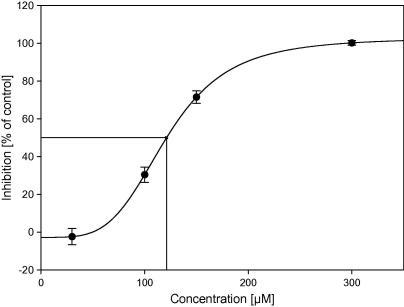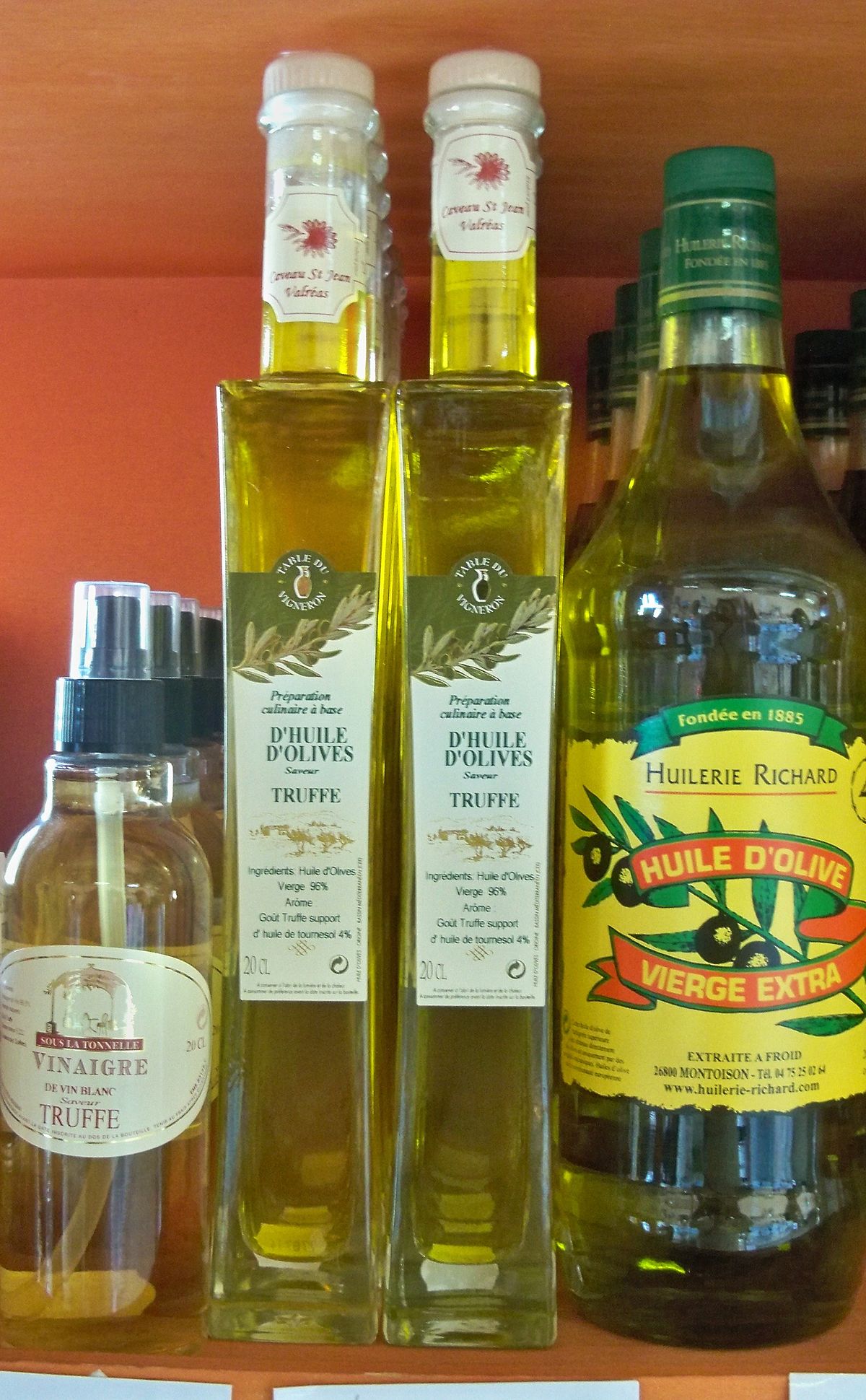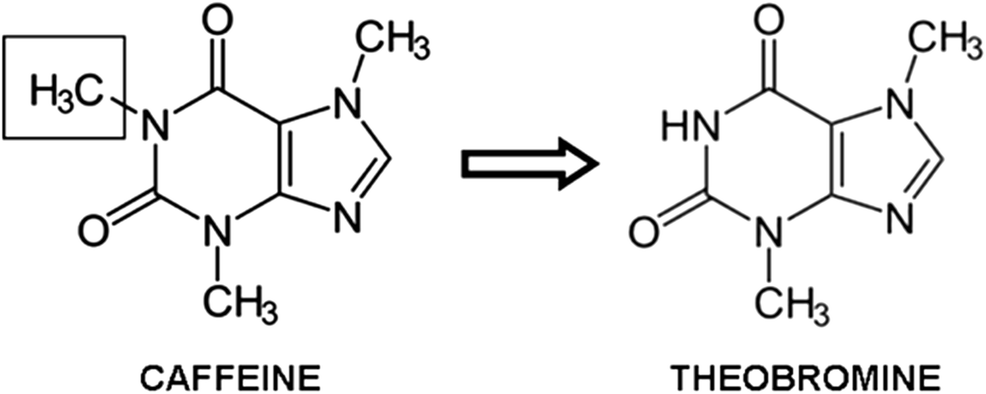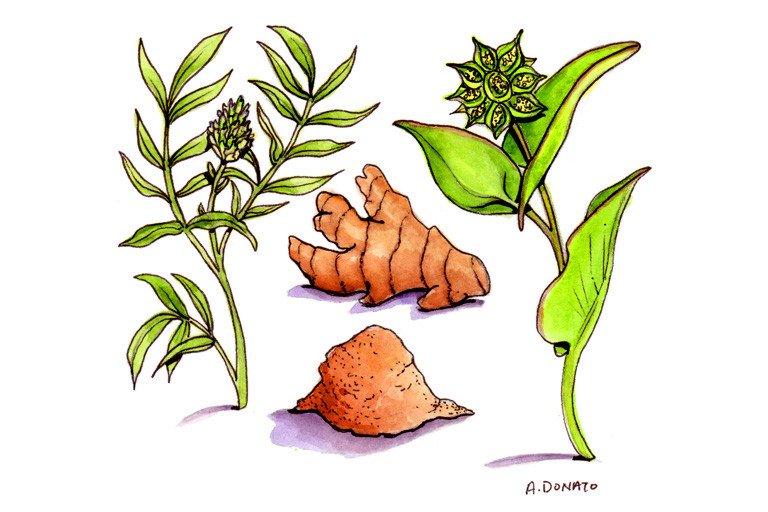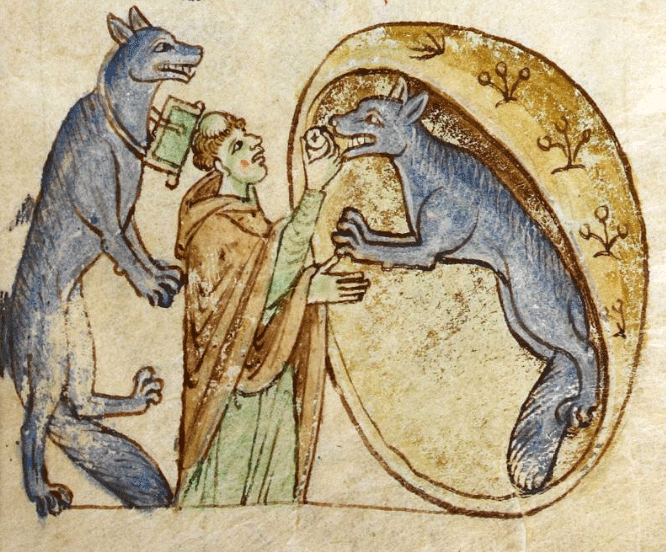SashaShiva
Kava Curious
I have been using Kava Kava since I was about 15 or 16 years old. I use Marihuana Religiously as a Hindu Shaivite, and if you don't know what that is the easiest way to understand it is like Ancient Rastafarianism from India, which is not just a comparison but a fact, Jamaica is the West Indies because Christopher Columbus thought he was in India. But that is another Subject.
Kava is related to Pepper, another Cousin of theirs' is Uziza Leaf, which contains Caryophyllene which is a Canna-Mimetic which is FDA approved as a food additive. There are Black Peppercorns, Green Peppercorns, White Peppercorns, Red Peppercorns, etc. A similar family is Mint, there is Pepper Mint, Spear Mint, Catnip, all in the same family and related to Motherworth/Marihuilla, Wild Dagga, and Clip Dagga. This overall family is an interesting one to look in to.
The first time I used Kava Kava a friend was telling me there were capsules we could buy at a Healthfood/Vitamin/Herb shop that would make Marihuana stronger. So we go in an buy an extract in capsules. The extracts is a shiny dark brown or black inside the capsules and I can't remember how we tried it first, but we eventually tried it all different ways, we ate the capsules, we broke them open aand made drinks, and we put it ontop of Marihuana and smoked it. And it definitely has Synergy with Marihuana. The best way in my mind to describe the taste is like a mix between chlorine like pool water boiled down (like Cuban coffee boiling) and dirt, even when smoked. So capsules is best.
After that I learned about Kavalactones. I got a lb or Kilo of raw root powder and had it for years using it with groups of Friends as Tea every once in a while, always warning them it tasted like Dirt Water.
Then learned about Yangonin. Yangonin is a Kavalactone that hardly anyone knows about, and it is a Canna-mimetic, which means it hits the Cannabinoid receptor but is not found in Cannabis. This is likely the Molecule that gives Kava Kava the great synergy with Marihuana. It is rarely isolated, but should be isolated more often a studied. You will not find a Yangonin product online yet, but that is probably the future of Kava Kava.
Kava is related to Pepper, another Cousin of theirs' is Uziza Leaf, which contains Caryophyllene which is a Canna-Mimetic which is FDA approved as a food additive. There are Black Peppercorns, Green Peppercorns, White Peppercorns, Red Peppercorns, etc. A similar family is Mint, there is Pepper Mint, Spear Mint, Catnip, all in the same family and related to Motherworth/Marihuilla, Wild Dagga, and Clip Dagga. This overall family is an interesting one to look in to.
The first time I used Kava Kava a friend was telling me there were capsules we could buy at a Healthfood/Vitamin/Herb shop that would make Marihuana stronger. So we go in an buy an extract in capsules. The extracts is a shiny dark brown or black inside the capsules and I can't remember how we tried it first, but we eventually tried it all different ways, we ate the capsules, we broke them open aand made drinks, and we put it ontop of Marihuana and smoked it. And it definitely has Synergy with Marihuana. The best way in my mind to describe the taste is like a mix between chlorine like pool water boiled down (like Cuban coffee boiling) and dirt, even when smoked. So capsules is best.
After that I learned about Kavalactones. I got a lb or Kilo of raw root powder and had it for years using it with groups of Friends as Tea every once in a while, always warning them it tasted like Dirt Water.
Then learned about Yangonin. Yangonin is a Kavalactone that hardly anyone knows about, and it is a Canna-mimetic, which means it hits the Cannabinoid receptor but is not found in Cannabis. This is likely the Molecule that gives Kava Kava the great synergy with Marihuana. It is rarely isolated, but should be isolated more often a studied. You will not find a Yangonin product online yet, but that is probably the future of Kava Kava.


